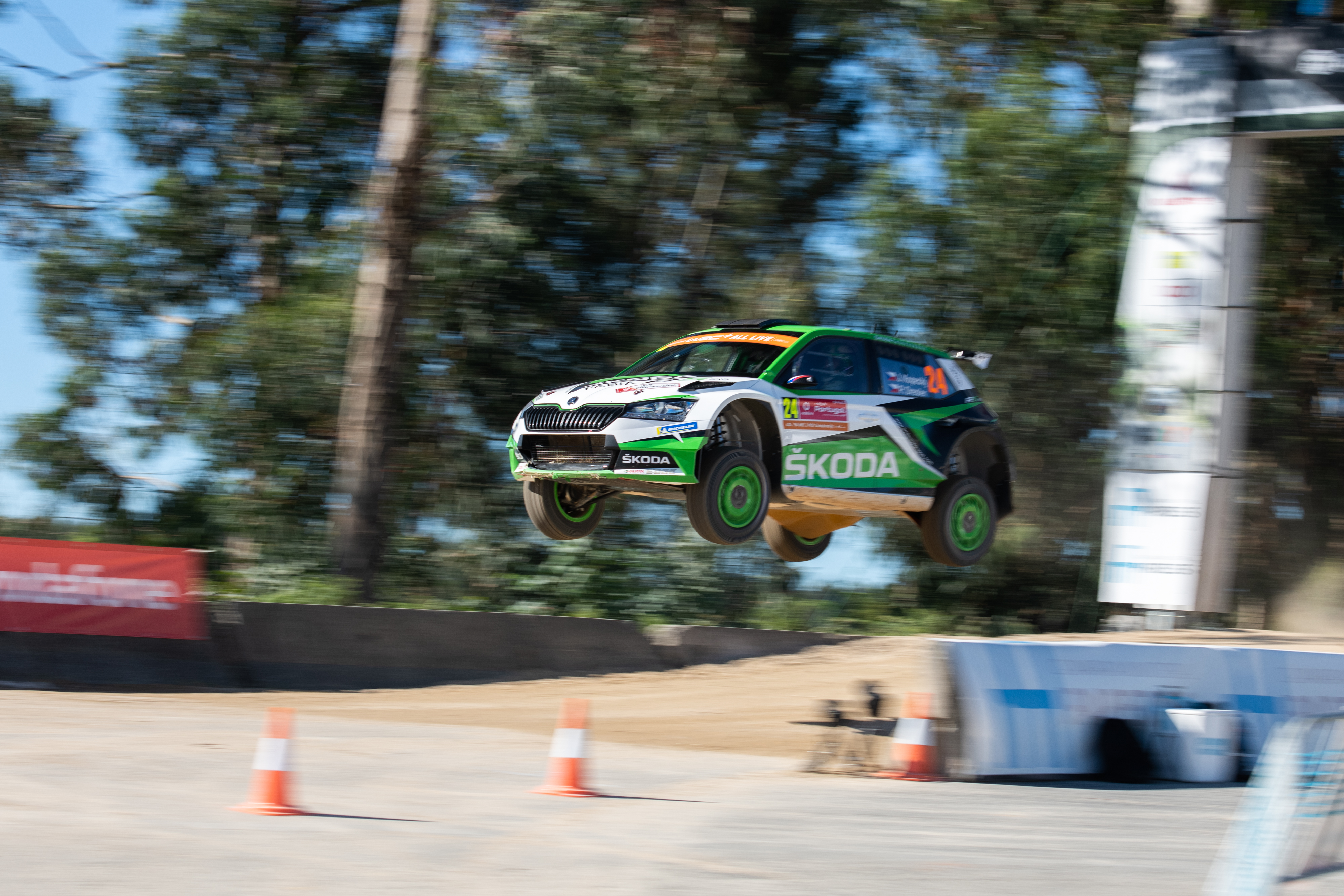Some rallies are especially well-known for their numerous long jumps – like Finland or Sweden. In these cases, the car is set-up specifically for jumping. Engineers try to assess the track’s profile as accurately as possible during the reconnaissance drives, and adjust the suspension settings accordingly.

“If there are several jumps on the track, the shock absorbers are set up stiffer, especially for fast compression, which is most important for landing after jumps. This allows the shocks to absorb more energy on impact. Besides that, the ground clearance can be changed. The higher ground clearance helps to increase the compression travel of the shock absorber during the shorter jumps, where it doesn’t have enough time to go all the way down”, explains Eric Mommey.

The engineers recognize two main types of jumps – short ones, where the car is airborne for less than a second, and the long ones. The short ones are, paradoxically, trickier. If the car flies through the air for more than a second, the wheels have time to go all the way down, so the full travel of the shock absorber is available on impact. During the short jump, the wheels don’t go all the way down, the shock absorber’s full travel is not available and it’s hard for all the energy to be absorbed by just the suspension travel. That’s why a hydraulic bump stop is installed in the shock absorber– it absorbs part of the energy.
So, how to properly jump in a rally car? Brake before the jump and straighten the car, then quickly step on the gas to prevent moving too much weight to the front axle and lightening the rear - and then just enjoy the flight with your pedal to the metal!


